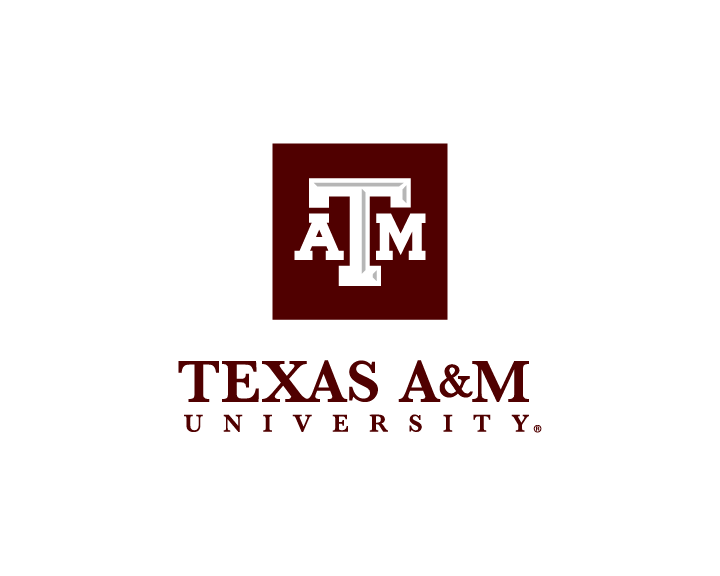Texas A&M: Texas A&M Expert: Texas Power Grid Should Be OK
As the one year anniversary of one of the state’s worst winter storms and the subsequent power grid failure approaches, many Texans may be asking the obvious question: Could it happen again?
Last year from Feb. 13-17, Texas was hit with a devastating winter storm that plunged temperatures below 0 in several areas, and the demand for power to keep homes and businesses heated resulted in rolling power blackouts in much of the state. By the time the storm had subsided, 246 people had died in 77 counties, and it caused almost $200 billion in damages. It was one of the worst natural disasters in Texas history.
Thomas Overbye, a power grid expert and professor of electrical and computer engineering at Texas A&M University who also directs the Smart Grid Center, said the storm showed that Texas was not prepared for what was to come.
“The grid was prepared for low temperatures, but just not these more extreme temperatures,” he said. “So a lot of the generators failed, either due to the cold or due to the cold affecting their natural gas fuel supply. This led to a generation shortage that required rotating blackouts over many days, at a time when temperatures were below freezing. It resulted in lots of problems for homes and businesses, primarily from frozen pipes.”
So the big question remains — is the power grid reliable today?
Overbye said that several necessary steps have been taken to shore up the grid and produce more power when needed, and the state is much better prepared today to deal with cold weather than it was in February of 2021. He also believes that if similar temperatures were to occur today, it is likely the grid would not fail in such a dramatic fashion.
“However, I do need to say that we cannot prevent all blackouts, even potentially large ones,” he added.
“What we can do, and what the electric utility industry is working to do, is to minimize the likelihood of such blackouts when they can’t be totally prevented. This involves looking at the likelihood of a given extreme event, and then taking appropriate measures to make the electric grid more resilient to that event. Other extreme events that could affect the grid here in Texas include ice storms, hurricanes, extremely high temperatures, large-scale tornado outbreaks, cyberattacks and a host of others.”
Many people blamed ERCOT (Electric Reliability Council of Texas), the state agency that oversees Texas’ power grid, which admitted later that the power grid was minutes away from complete failure during the storm’s peak.
One big problem was the longevity of the storm – many parts of Texas remained under 32 degrees for more than 100 consecutive hours, compounding the need for more heat.
Texas had experienced a similar situation in 2011.
A severe winter storm that year exposed Texas’ power grid problems, but few corrective measures were taken. Still, Overbye said that a power grid failure is a situation that can be avoided.
“I don’t think that a power grid failure was bound to happen last year,” he said. “The cold temperatures could have served as a warning to the industry to better prepare for cold weather. Also, it showed that many individuals needed their homes and businesses to be better insulated. Still, it is hard to say if a more mild event would have been sufficient to spur the needed changes.”

